9 Best Fixed Blade Broadheads for Deer Hunting [2022]
Last Updated on November 30, 2023 by Brian Grossman
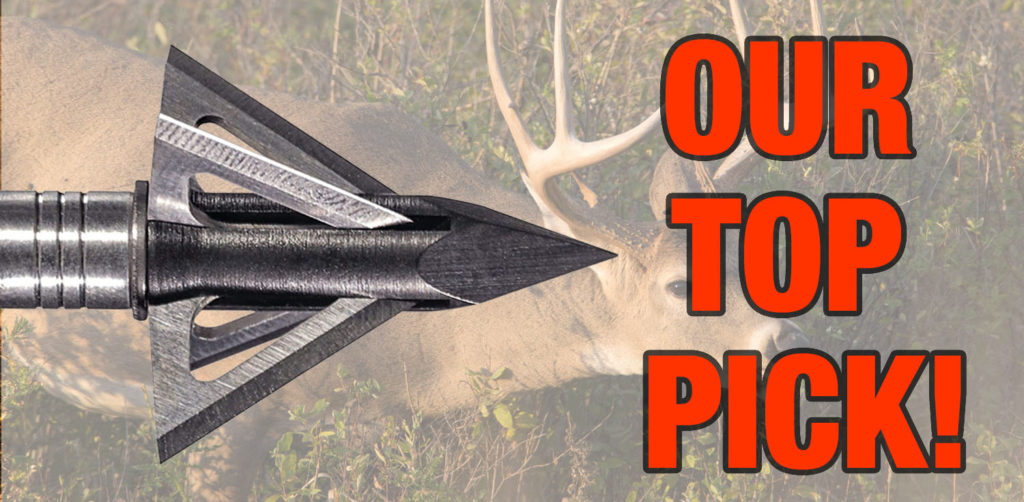
The best fixed blade broadheads are ones that have razor-sharp blades, fly like field points from your bow, and inflict maximum damage. We all want that short blood trail that Ray Charles could follow.
I’ll give my usual caveat here: while we may pick a best fixed blade broadhead for various uses, there is truly no such thing for every bowhunter. Which broadhead works best for you will depend on a variety of factors, including your bow setup, arrow selection, ability to tune your bow, and a little bit of personal preference.
With that, we’ll get right into what you can here for: our picks for the 10 best fixed blade broadheads. But I hope you’ll stick around after that for a look at what constitutes a fixed blade broadhead, the pros and cons of fixed blade broadheads over mechanicals, and which broadhead features you should consider when choosing the perfect broadhead for your situation.
RELATED: 10 Best Broadheads for a Crossbow
Our Picks for Best Fixed Blade Broadheads
Best Overall Fixed Blade Broadhead
Slick Trick Magnum 125 Broadheads
QUICK LOOK
- Type: Fixed Blade
- Weight: 125 grain
- Number of Blades: 4
- Cutting Diameter: 1 1/8 inch
- Material: Hardened steel ferrule and German stainless steel blades
- Amazon Rating: 4.7 out of 5
From their slim, hardened-steel ferrule to their German LUTZ stainless steel blades, Slick Trick broadheads are designed with extreme precision and exact tolerances to increase penetration and maximize durability.
The compact design gives them field-point accuracy, while the four-blade design provides maximum damage and easy-to-follow blood trails. Slick Trick broadheads, like many on our list, are made in the U.S.
Runner Up – Best Fixed Blade Broadhead
QAD Exodus Broadheads
QUICK LOOK
- Type: Fixed Blade
- Weight: 100 grain
- Number of Blades: 3
- Cutting Diameter: 1 1/4 inch
- Material: SST Steel
- Amazon Rating: 4.7 out of 5
The unique design of the QAD Exodus puts most of the three 0.040-inch thick blades over the arrow shaft, giving it a super compact profile that flies like a field point, even with a larger 1 1/4 cutting diameter.
The steep cutting angle and hardened SST tip provide devastating penetration and consistent pass-throughs. And like the Slick Trick and Muzzy, the blades are the QAD Exodus are replaceable so you can keep them razor sharp at all times.
Best One-Piece Fixed Blade Broadhead
G5 Montec Broadheads
QUICK LOOK
- Type: Fixed Blade
- Weight: 85, 100, and 125 grain
- Number of Blades: 3
- Cutting Diameter: 1 to 1 1/8 inch
- Material: 100% Steel
- Amazon Rating: 4.8 out of 5
The simple one-piece design of the G5 Montec makes it a foolproof option for the hardcore bowhunter. Each and every G5 broadhead is spin tested to insure true flight, and the cut-on-contact design makes sharpening the Montec a breeze.
The G5 Montec is available in 85, 100 and 125 grain models to fit the needs of any hardcore bowhunter. And like the two previous models, Montecs are made right here in the U.S.
Best Single Bevel Broadhead
Iron Will Single Bevel SB150
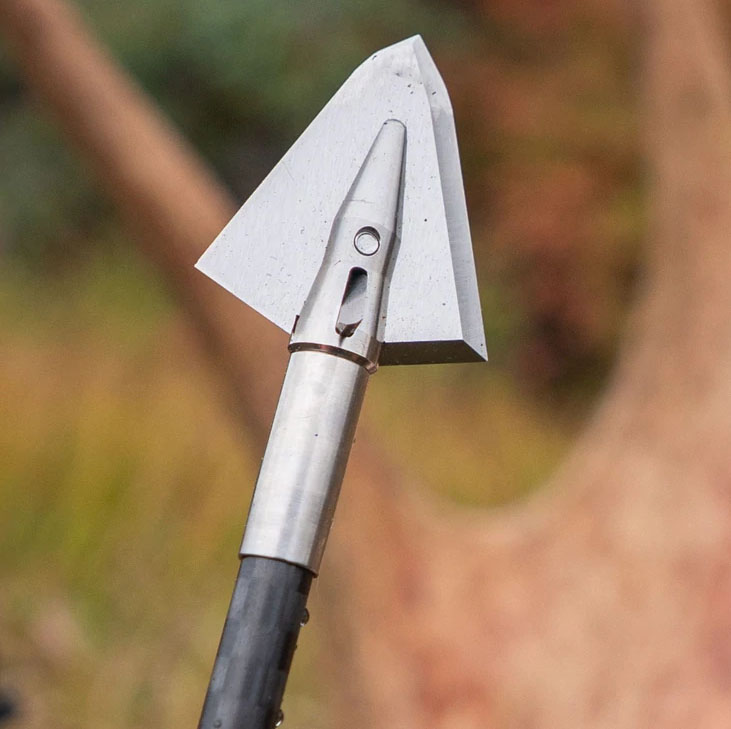
QUICK LOOK
- Type: Fixed Blade
- Weight: 100 to 250 grains
- Number of Blades: 4
- Cutting Diameter: 1 1/16 inch
- Material: 100% Steel
- Amazon Rating: N/A
Iron Will broadheads are known for their high quality and strength which comes at a premium cost. These are the most expensive broadheads on our list, and the only single bevel broadhead that made the cut (pun intended) as well.
The single bevel broadhead is designed to maintain the arrow’s rotational spin through impact, resulting in a bone splitting effect and more tissue damage throughout the animal.
Iron Will broadheads feature super beefy .062-inch thick A2 tool-steel blades that are cryogenically treated and triple tempered to 60 HRC hardness. That will allow the Iron Will’s blades to withstand the demands of big game hunting for years, and allow frequent resharpening as needed to maintain a razor-sharp edge.
Best Budget Fixed Blade Broadheads
Sinbadteck Hunting Broadheads
QUICK LOOK
- Type: Fixed Blade
- Weight: 100 grain
- Number of Blades: 3
- Cutting Diameter: 1 inch
- Material: Anodized aluminum ferrule and stainless steel tip and blades
- Amazon Rating: 4.5 out of 5
Chances are you’ve never heard of Sinbadteck broadheads. That’s okay. While they may not be a household name, they are the best-selling broadheads on Amazon. As you can see in the image, they have that classic three-replaceable-blade broadhead look similar to the old Wasp or Thunderhead broadheads.
Sinbadteck doesn’t share an overabundance of information about their broadheads other than they are constructed of an anodized aluminum ferrule with a stainless steel tip and blades. They come in a pack of 12 and are offered in a variety of colors — black, blue, gold and red. Unlike most broadheads, the Sinbadteck are sold in a pack of 12, but at a price point less than most name brand three-packs.
Muzzy Bowhunting 3 Blade Broadhead
QUICK LOOK
- Type: Fixed Blade
- Weight: 100 or 125 grain
- Number of Blades: 3
- Cutting Diameter: 1 3/16 inch
- Material: Hardened steel Trocar tip, anodized aluminum ferrule and stainless steel blades
- Amazon Rating: 4.6 out of 5
Muzzy broadheads have been around for nearly 40 years and have made a name for themselves as timeless, and reliable fixed blade broadheads. The hardened steel Trocar tip provides maximum penetration and enhanced flight stability for these American-made broadheads.
The replaceable stainless steel blades make it easy to keep your Muzzy’s razor sharp and ready for hunting. These broadheads come in a six pack for less than the cost of most three-packs of broadheads. If you’re looking for a simple, timeless design that performs like it should, give Muzzy 3 blade broadheads a look.
Wasp Archery Havalon HV 100
QUICK LOOK
- Type: Fixed Blade
- Weight: 100 grain
- Number of Blades: 3
- Cutting Diameter: 1 3/16 inch
- Material: Aluminum ferrule and stainless steel Trocar tip and blades
- Amazon Rating: 4.5 out of 5
I have a soft spot for Wasp broadheads because I killed my first archery deer with one. They’ve been around for decades, and continue to produce quality fixed blade and mechanical broadheads. With the HV100, Wasp has partnered with Havalon, to provide a great broadhead with 0.035-inch thick surgically sharp stainless steel blades.
The stainless Trocar tip and aluminum ferrule provide field point accuracy and ultimate penetration. And just in case you damage a blade practicing or in a hunting situation, Wasp throws in two free replacement blades with every three-pack of broadheads.
Magnus 4 Blade Hornet Broadhead
QUICK LOOK
- Type: Fixed Blade
- Weight: 100 or 125 grain
- Number of Blades: 4
- Cutting Diameter: 1 1/4 inch
- Material: Aircraft-quality aluminum ferrule and knife-grade stainless steel blades
- Amazon Rating: 4.6 out of 5
I’m a big fan of Magnus Stinger broadheads, but these Hornets look equally impressive. They feature heavy 0.059-inch thick main blades and 0.40-inch thick bleeder blades for maximum strength. The knife-grade stainless steel blades are razor sharp right out of the package, and Magnus broadheads are spin tested within .002-inches for flawless flight.
The Hornet’s patented diamond tip provides bone-splitting penetration on the world’s largest animals, and like all Magnus broadheads, the Hornet has a lifetime replacement guarantee that is the best in the business.
Muzzy Trocar 3 Blade Broadhead
QUICK LOOK
- Type: Fixed Blade
- Weight: 100 grain
- Number of Blades: 3
- Cutting Diameter: 1 3/16 inch
- Material: Solid steel ferrule and stainless steel blades
- Amazon Rating: 4.8 out of 5
Our second Muzzy on the list, the Trocar 100 grain 3 blade broadhead features a trocar tip for superior penetration, and the solid steel ferrule won’t deform or deflect when striking bone.
The Trocar’s aerodynamic 0.035-inch thick blades are configured in a right-helix design that maximizes arrow stabilization, delivering pinpoint accuracy at long ranges. And the large 1 3/16 inch cutting diameter will create a large wound channel for an easy-to-follow blood trail.
What are Fixed Blade Broadheads?
As the name implies, fixed blade broadheads have no moving parts. The blades are fixed in position. In some cases, fixed blade broadheads are machined from one piece of steel, so the blades and the ferrule are formed together. That is the case with the G5 Montec broadheads featured above.
Most fixed blade broadheads, however, have replaceable blades that attache to the ferrule in various ways. This is a great feature, because if a blade or blades become dull or damaged, you can simply replace the blade without having to try to sharpen it or replace the entire broadhead.
Pros and Cons of Fixed Blade Broadheads
PROS
- Nothing mechanical to malfunction
- Typically more durable than mechanical heads
- Better penetration than large expandable heads
CONS
- Sometimes require additional bow tuning to fly true
- Smaller overall wound channel than large expandable broadheads
- Potential in-flight noise from vented blades
Fixed Blade Broadhead Features to Consider
Broadhead Weight
Most fixed blade broadheads are going to come in either 85, 100, 125 or 150 grains, with 100 grains being the most common. Any of these will work effectively. It’s really a matter of your overall arrow or bolt setup as to which weight you choose. If you’re just going with a standard mid-weight arrow setup, then I’d recommend sticking with a 100 grain broadhead because they are readily available and will get the job done. However, if you’re like me and prefer a heavier arrow setup with a little higher FOC, then a 125 or even a 150 grain may be your best bet.
The past two seasons I’ve shot 150 grain broadheads on my compound bow setup, and I’ve been extremely happy with the results. This year I may go with the 125 grain Slick Trick Magnum broadheads, which should still work fine. I can always add another 25 grain weight to my insert if I wanted to keep the overall weight the same, but I really don’t think that will be necessary.
Blade Thickness
Blade thickness is an important factor when choosing the best fixed blade broadhead for your setup. It’s going to determine how well your broadheads hold up when they make contact with an animal — especially if they come in contact with any bone. Blade thickness is especially important if you’re shooting a one-piece broadhead with blades that will require sharpening.
If you’re shooting a broadhead with replaceable blades, blade thickness isn’t quite as critical, but you still don’t want the broadhead coming apart as it passes through the chest cavity of a mature buck.
Two Blade vs Three Blade vs Four Blade Broadheads
In your quest to find the best fixed blade broadhead, you may wonder if you should you shoot a two, three, or four-blade broadhead? First off, let me say that any of those three options will get the job done. Like most things in life, there’s tradeoffs to each option. A two-blade broadhead is going to have less resistance, so it will be more likely to pass thru an animal. The tradeoff to that reduced resistance and increased penetration is less overall tissue damage and a smaller blood trail.
Three and four-blade broadheads, on the other hand, should produce a larger wound channel and better blood trail. And while they will have more resistance than a two-blade, as long as you’re shooting a heavy enough arrow setup, penetration shouldn’t be an issue.
Cutting Diameter
Cutting diameter is another important factor when choosing a fixed blade broadhead. Similar to the discussion above about the number of blades a broadhead should have, cutting diameter will impact penetration and the subsequent blood trail. A smaller cutting diameter will have less resistance and will be more likely to pass through, but it will also create a smaller wound channel. That smaller hole will me less overall tissue damage and a smaller blood trail.
That leaves you having to strike a balance between getting a solid pass-thru shot and still inflicting as much damage as possible for a good, short blood trail. Other factors in that decision will be your bow setup and overall arrow setup. If you shoot a lower poundage, short draw length, or a light arrow setup, then you will want to err on the side of smaller cutting diameter to ensure a pass-thru shot.
My preference is a 1 1/4 to 1 1/2-inch cutting diameter from a fixed blade broadhead.
Replaceable Blades vs One-Piece Design
This is another personal preference decision you’ll need to make when choosing the best fixed blade broadhead for your setup. What it really boils down to is, are you comfortable sharpening your broadhead blades? If not, then you need a broadhead with replaceable blades. That way, after you’ve dulled a broadhead from practice shooting or in a hunting situation, you can simply toss the dull blades and install new, razor-sharp ones.
If you are comfortable sharpening your blades, then a one-piece design may be the way to go. A one-piece broadhead is typically going to be tougher and more durable than one with replaceable blades. There are certainly exceptions to that statement but as a rule, it’s true.
Solid vs Vented Blade Design
This is one I see debated at times, but in my mind is a non-issue. The biggest concern I’ve seen discussed with vented broadhead blades is the whistling noise they can make in flight. I’ve seen bowhunters concerned that the noise can alert deer and result in them “jumping the string.” I’ve shot plenty of vented blade broadheads and have never witnessed any issues that I felt were the result of broadhead noise.
The one valid argument for using a solid blade design over a vented blade is that the solid blade is going to be a little stronger and less likely to bend or break. The downside to a solid blade design is that it could result in increased planing in flight, which could result in erratic flight from bows that aren’t perfectly tuned.
Summary
Choosing the best fixed blade broadhead is not easy. There are tons of options on the market today, and all of them will kill a deer with proper shot placement. That’s not to say, however, that some options aren’t much better than others. To narrow down your choice, use the factors outlined above, and you should find one or more great options from our list above.
Ultimately, you won’t go wrong with any of the broadheads listed above, but hopefully this article will help you find the best fixed blade broadhead for your specific needs.

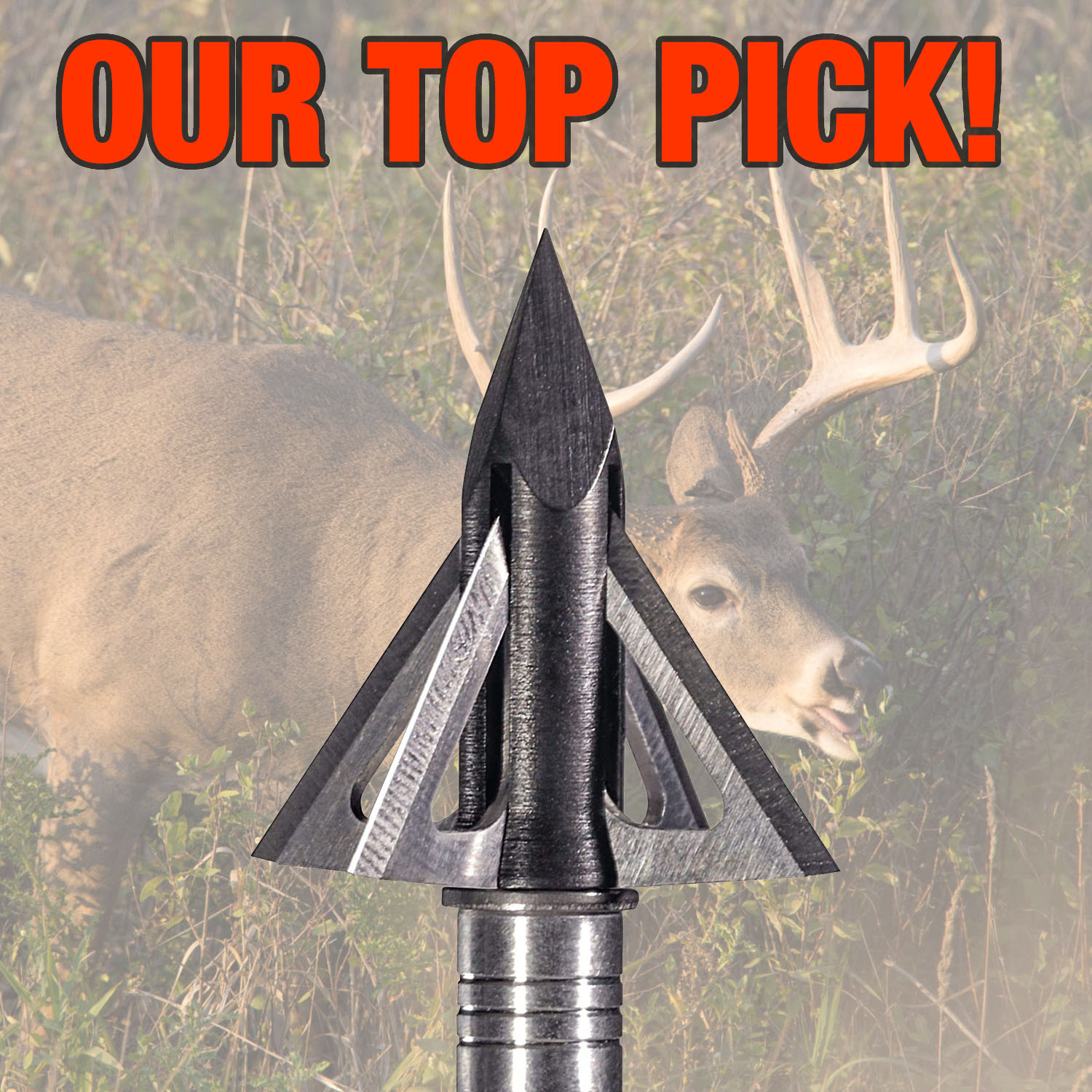
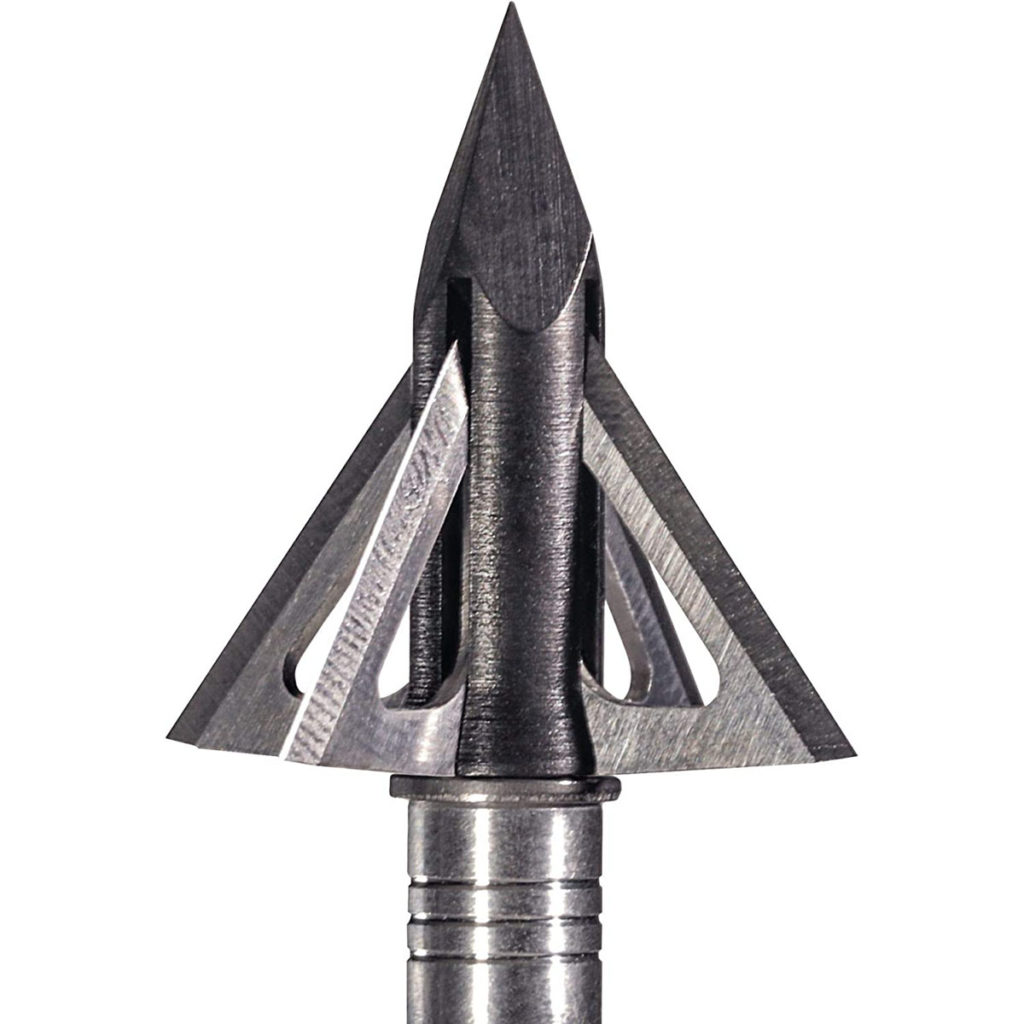
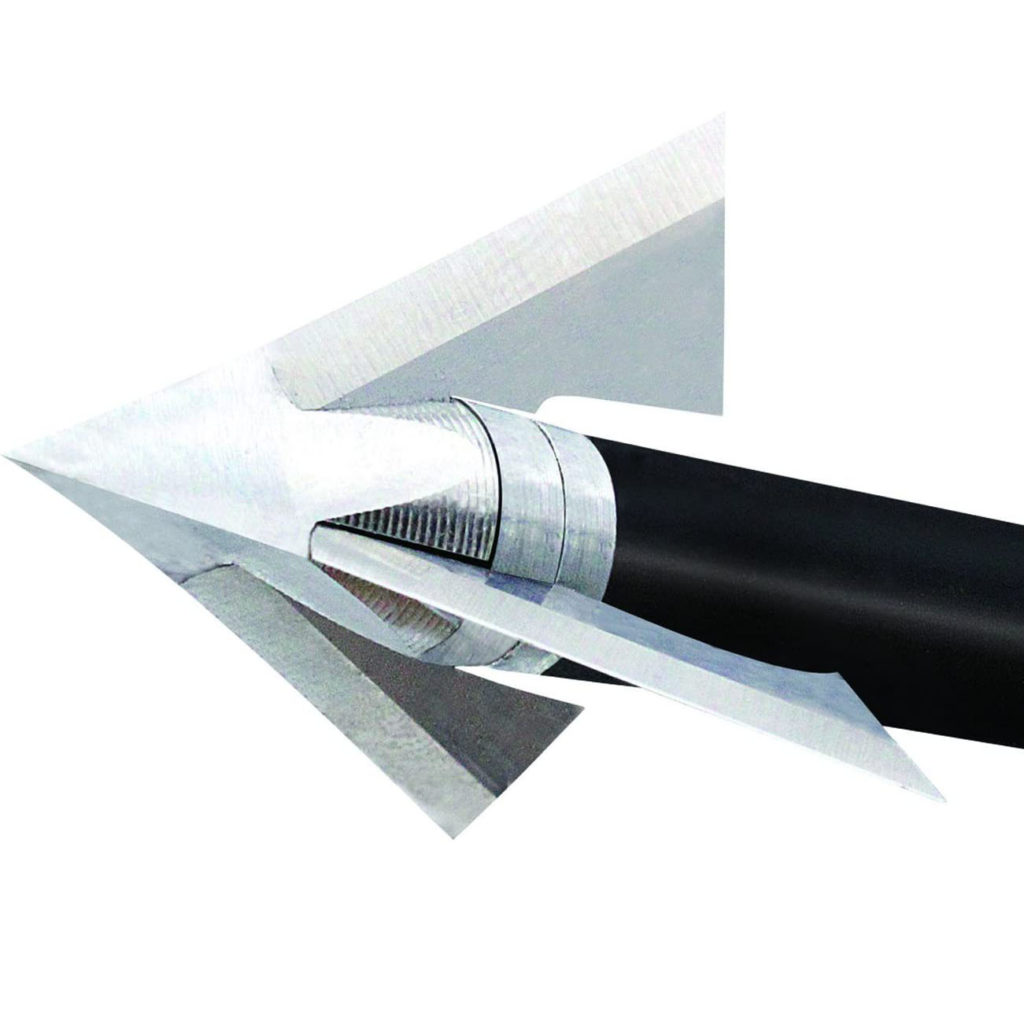
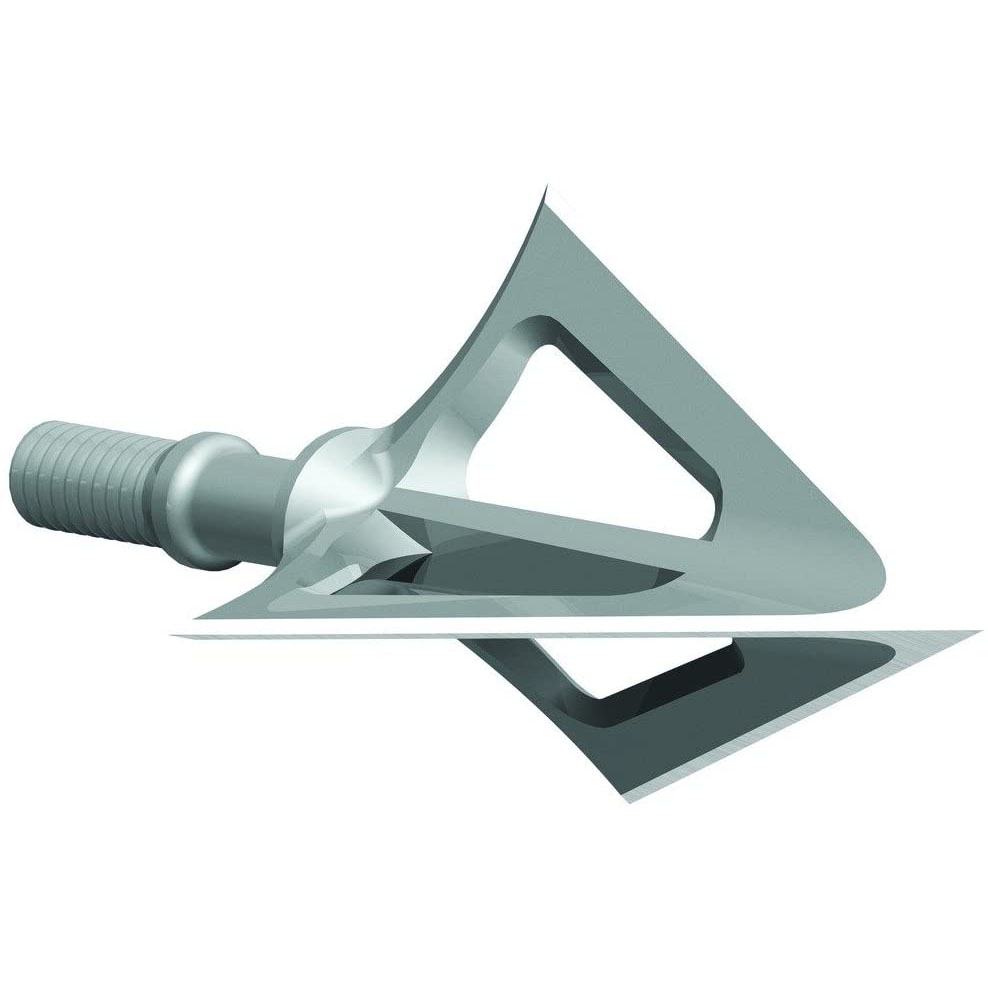
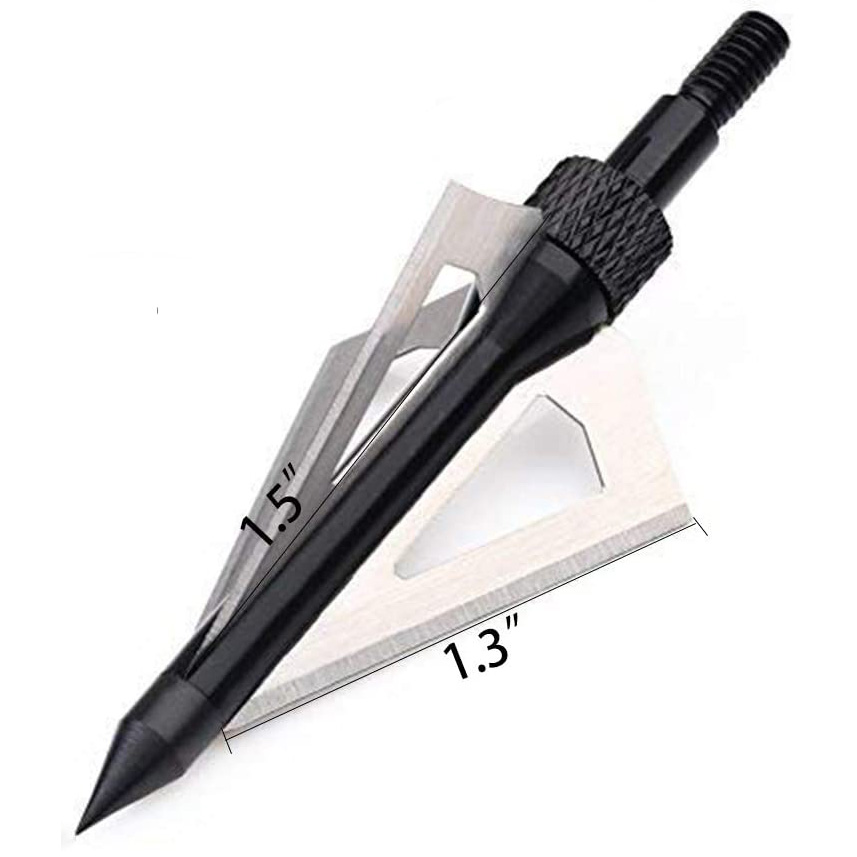
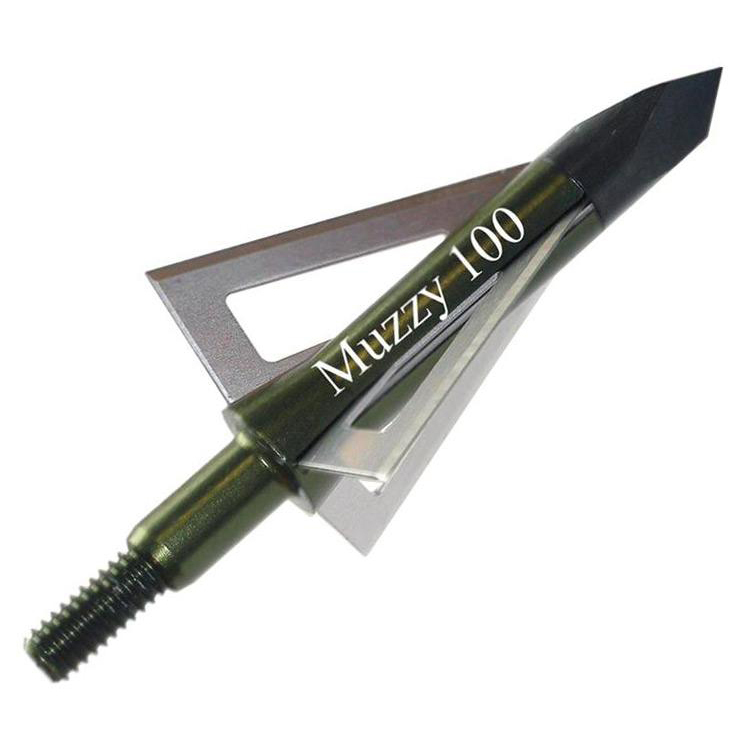
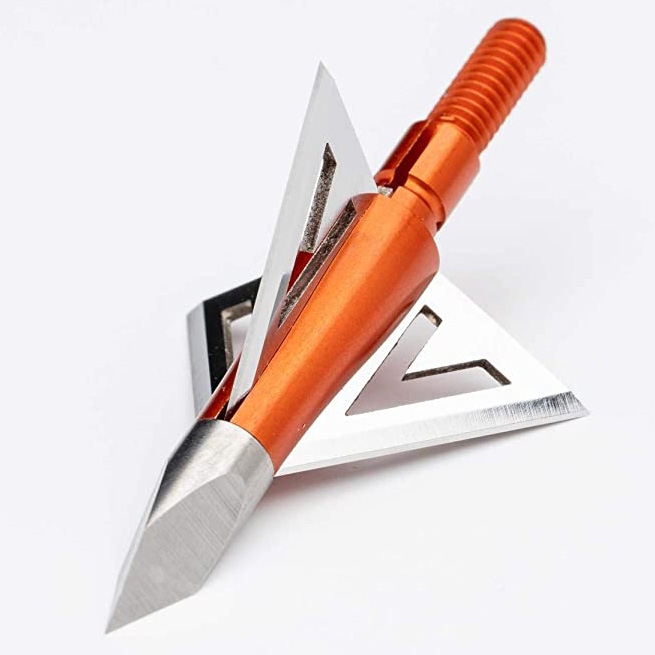
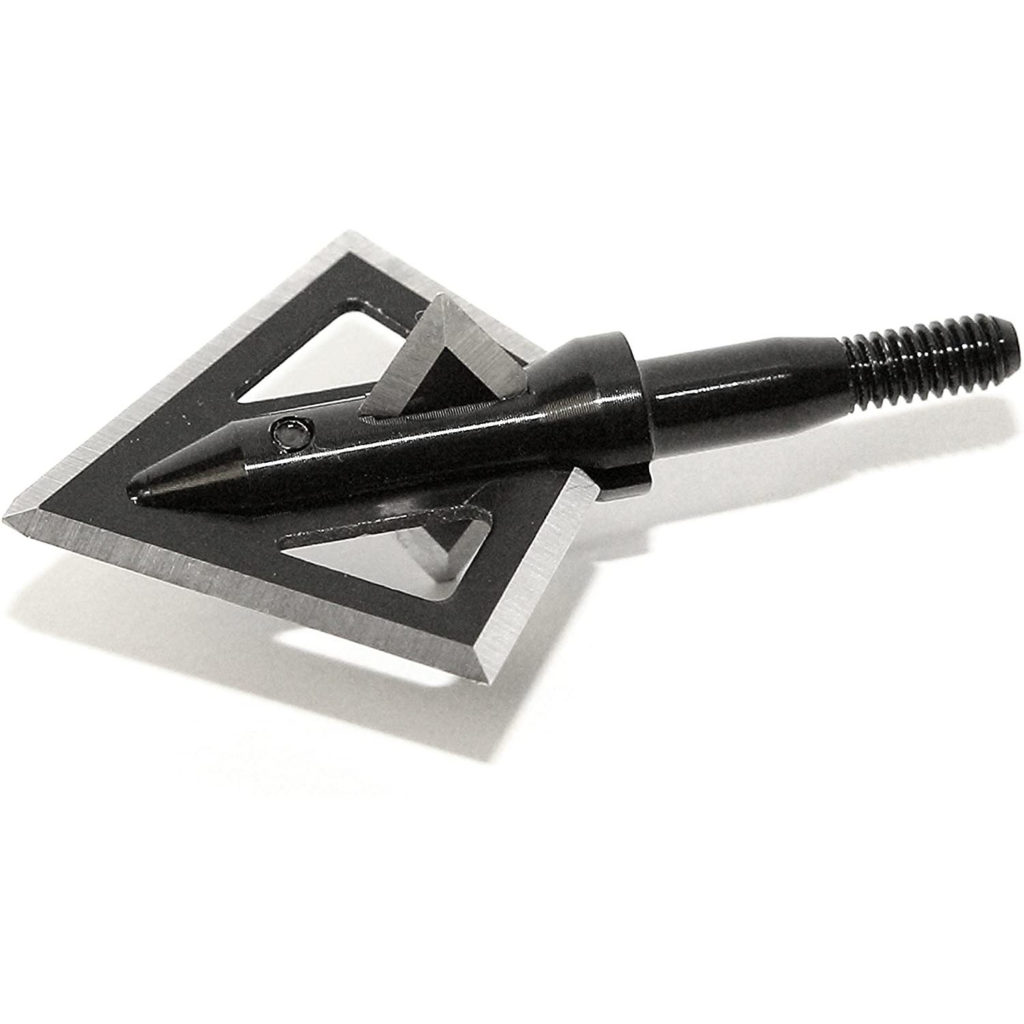
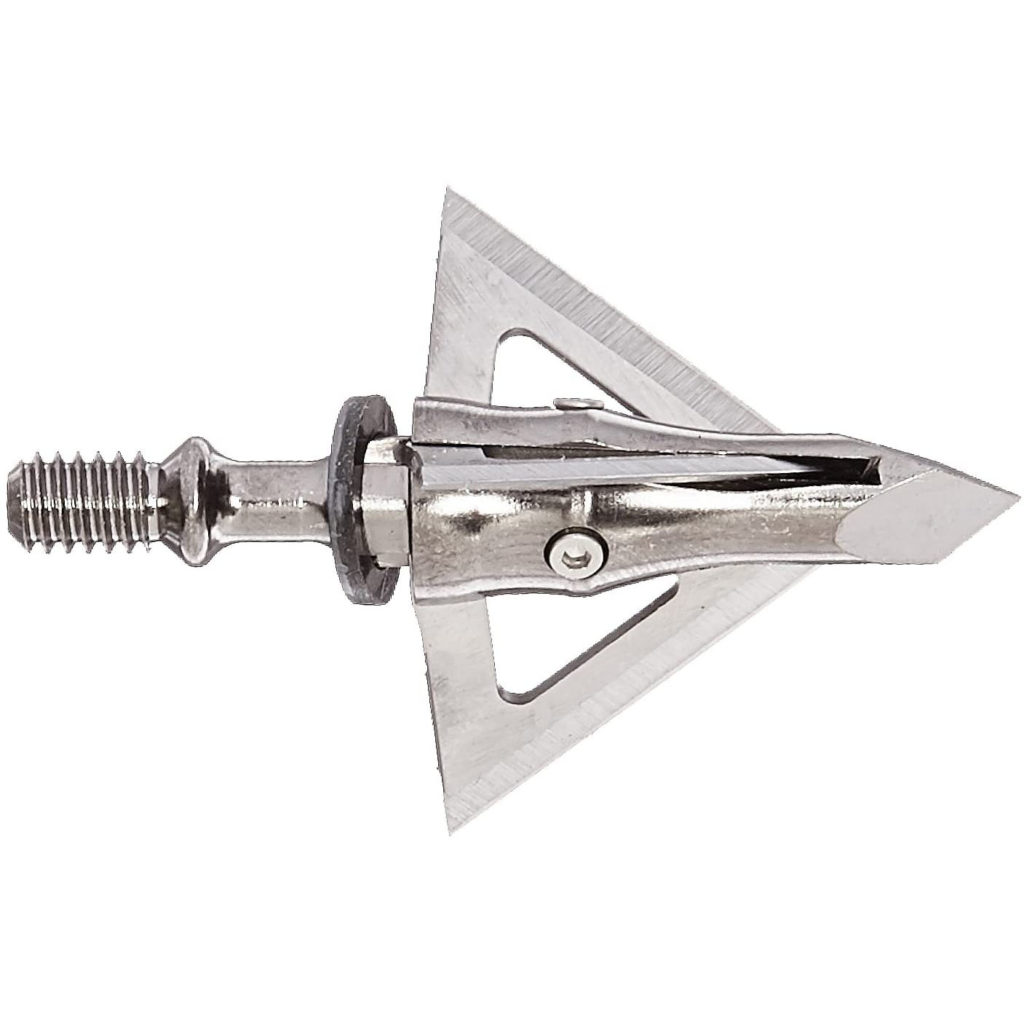

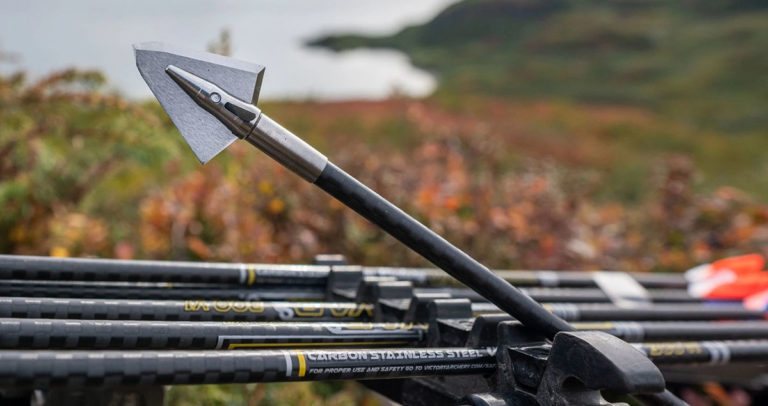
![9 Best Mechanical Broadheads for Deer [2022]](https://huntthesouth.com/wp-content/uploads/2022/08/best-mechanical-broadhead-featured-768x768.jpg)
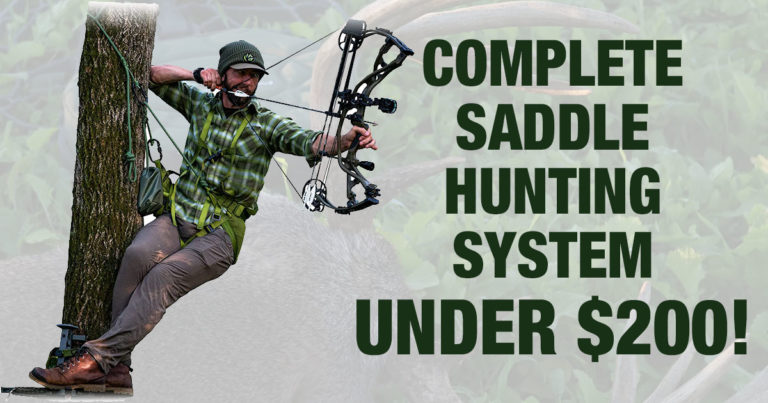
![4 Best See Through Hunting Blinds [2022]](https://huntthesouth.com/wp-content/uploads/2022/03/TideWe-see-through-blind-1-768x768.jpg)
![7 Best Crossbow Targets [2022]](https://huntthesouth.com/wp-content/uploads/2022/08/Field-Logic-Big-Shooter-crossbow-3D-target-768x864.jpg)